Philipse Manor Hall State Historic Site
Introduction
Text-to-speech Audio
Images
Philipse Manor Hall and Civil War Soldiers & Sailors Monument
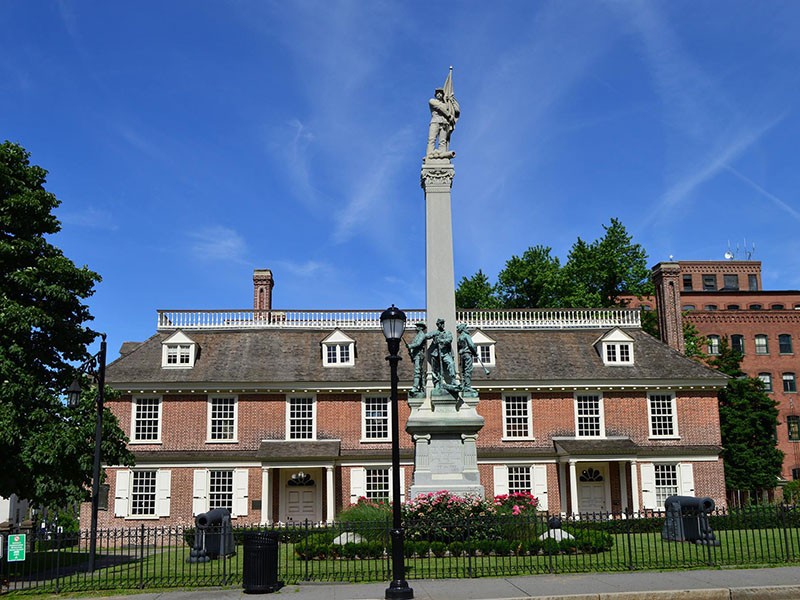
Philipse Manor Hall - 2013
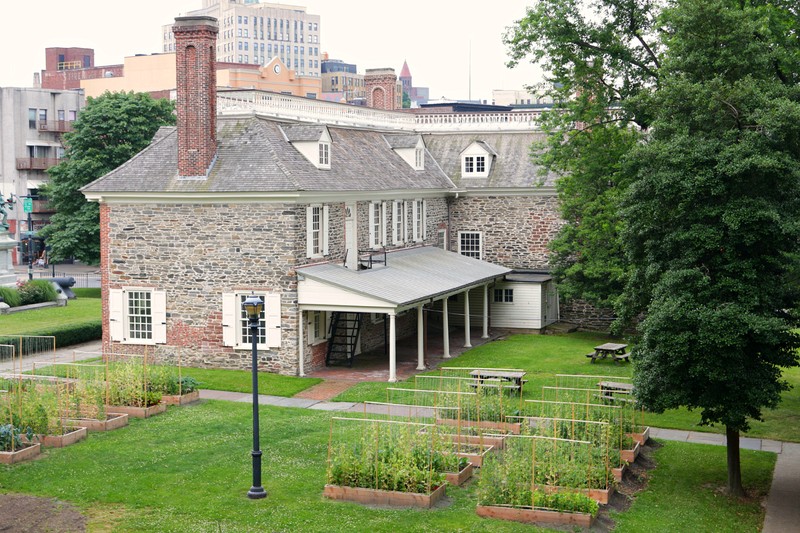
Philipse Manor Hall
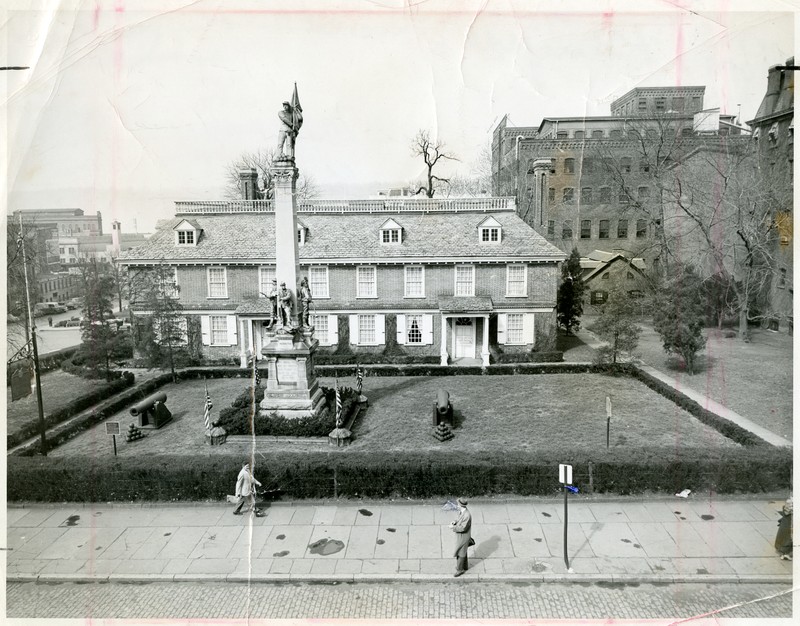
Philipse Manor Hall
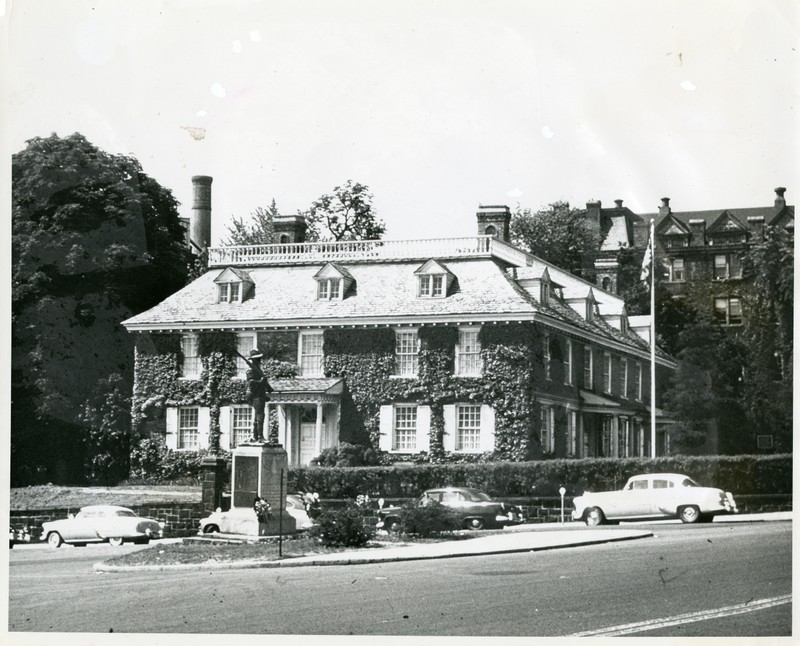
View of Philipse Manor Hall - looking north at the mouth of the Saw Mill River
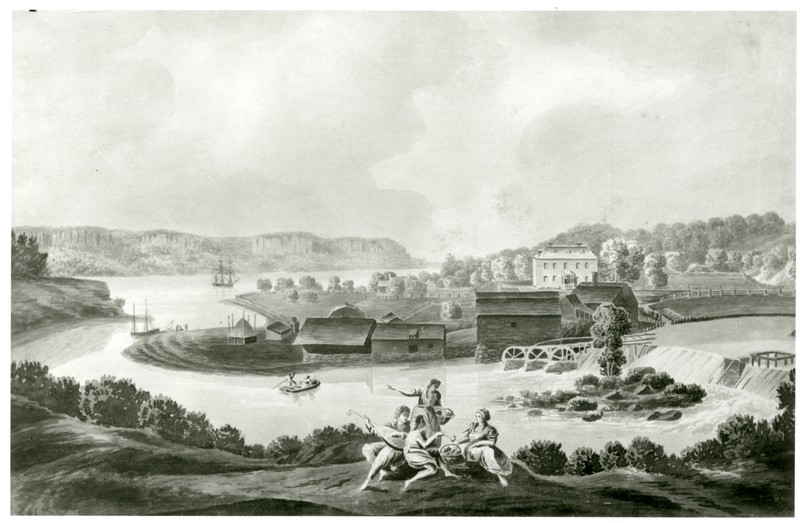
Engraving of Philipse Manor Hall
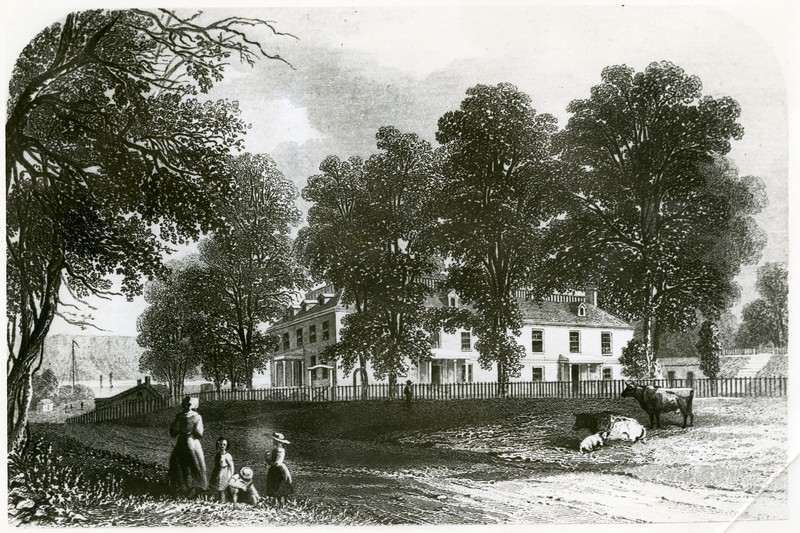
Philipse Manor Hall
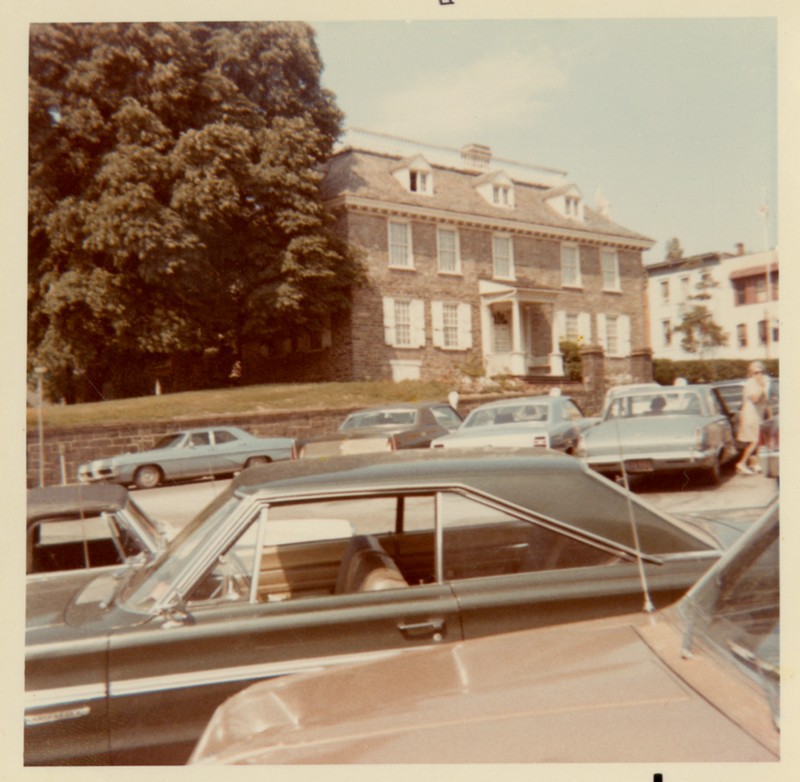
Philipse Manor Hall Postcard
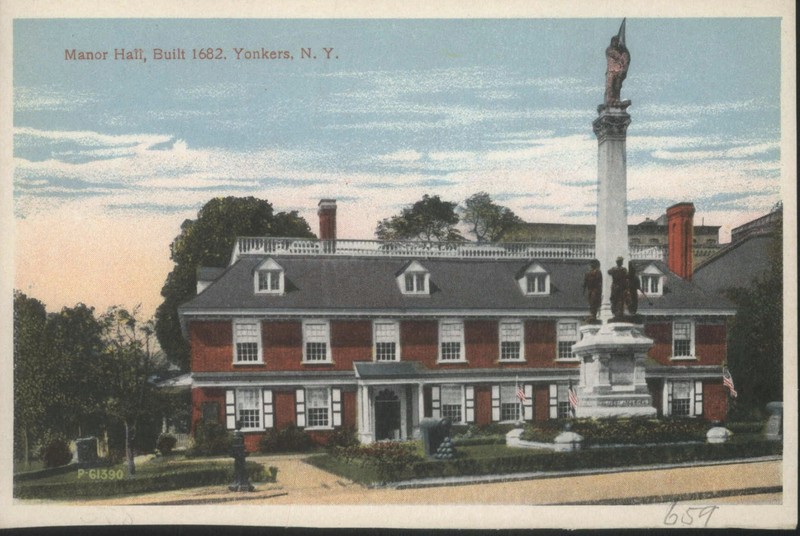
Backstory and Context
Text-to-speech Audio
Frederick Philipse began his career as a carpenter on a Dutch East India Company ship in 1662. He quickly rose in status to possess several ships with which he accrued his fortune by transporting slaves. In 1672, Philipse, along with several partners, purchased a mill in present-day Yonkers from Dutch lawyer Adriaen van der Donck. Between 1680 and 1686, Philipse bought out his partners’ shares of the land and acquired large amounts of land from many of the native Wappinger tribes including the Wecquaesgeek of present-day Dobbs Ferry and the Sintsinks of present-day Ossining. By the time of his death, the full extent of Philipse Manor was 52,000 acres between the Hudson and Bronx Rivers, stretching from the Croton River in the north and Spuyten Duyvil Creek in the south, comprising most of southern Westchester County. After the English took over the New Netherland colony in 1664, Philipse swore allegiance to the English crown and was granted a royal commission for his manor in 1693, thus solidifying the position of one of the most wealthy and powerful families in the colony.
Construction of the Philipse home in Yonkers began in 1682. It was designed as a small two room home to be used as a midway point between Philipse’s home in New York City and his home in present-day Tarrytown known as the “Upper Mills.” Frederick Philipse I died in 1702 and the manor eventually passed to his nephew, Frederick Philipse II, who would become the second Lord of the Manor. Around 1745, Frederick II would extensively renovate and add to the Yonkers home, changing its purpose from stopover to the principle seat of the family and management of the land. He enlarged it with more rooms and halls, each lavishly decorated. The rooms were adorned with stucco ceilings, a rarity for that time in colonial America, depicting birds, animals, and pastoral scenes. He also moved the front façade of the building to the east side facing the Albany Post Road (now Route 9) with two entrance porches decorated with Doric columns. At the time, the interior represented the best of English and American decorative arts..
Frederick Philipse II died in 1751, and the manor passed to his eldest son Frederick Philipse III. Frederick III would be the third and final Lord of Philipse Manor. At the outbreak of the Revolutionary War, Frederick III again declared the family’s loyalty to the British Crown. In 1776, on orders from General George Washington, he was arrested by colonial authorities. After several trials, he was paroled later that same year. However, he continued to support the British and in the Spring of 1777 he attempted to warn a British garrison of an incoming raid but his warning was intercepted and his family was forced to flee to the safety of British occupied New York City. Finally, in 1779, through the efforts of John Jay, a maternal cousin of Frederick III, the Philipse family was attainted by the Provincial Congress of New York and all their lands were seized. Once the Treaty of Paris was signed in 1783, the Philipse family fled New York and settled in England where Frederick III died in 1785.
While the lands were sold piecemeal, the Philipse Manor Hall changed hands frequently. Between 1868 and 1872, the building was used as the Yonkers Village Hall, but by 1908 the complex nature of city governance made the building virtually obsolete and the city considered tearing it down. The manor hall was saved by wealthy Yonkers resident Eva Smith Cochran who donated $50,000 to the City of Yonkers to allow them to turn ownership over to the State of New York. The building was cared for by the American Scenic and Historic Preservation Society until that organization’s dissolution in 1979. Since then it has been maintained by the New York State Office of Parks, Recreation, and Historic Preservation, and operated as a museum of history, art, and architecture. Exhibits include a comprehensive gallery of Presidential portraits and a community gallery.
Sources
Bielinski, Stefan. An American Loyalist: the Ordeal of Frederick Philipse III. Staatsburg, NY: State of New York, New York State Parks & Recreation, Taconic State Park & Recreation Commission, 1976.
Brophy, Meghan. “On Slavers and Settlers: A History of the Philipse Family, 1662-1785.” Columbia University and Slavery. Columbia University, 2018. https://columbiaandslavery.columbia.edu/content/slavers-and-settlers-history-philipse-family-1662-1785.
Drake, Samuel G, ed. “Philipse of Philipsburgh.” Essay. In The New England Historical and Genealogical Register, Published Quarterly, Under the Patronage of The New England Genealogical Society, For the Year 1856, vol. X:25–28. Boston, MA: Samuel G. Drake, Publisher, 1856.
Hall, Edward Hagaman. Philipse Manor Hall at Yonkers, N.Y. The Site, the Building and Its Occupants. New York, NY: American Scenic and Historic Preservation Society, 1930.
Heintzelman, Patricia, “Philipse Manor Hall,” National Register of Historic Places Nomination Form (Washington, DC: U.S. Department of the Interior, National Park Service, 1978), Section 7-8.
“Philipse Manor Hall State Historic Site.” Parks, Recreation and Historic Preservation. New York State Office of Parks, Recreation and Historic Preservation. Accessed October 17, 2020. https://parks.ny.gov/historic-sites/philipsemanorhall/details.aspx.
Historic Hudson Valley
NYS Governor's Office of Motion Picture & Television Development
Westchester County Historical Society
Westchester County Historical Society
Westchester County Historical Society
Westchester County Historical Society
Westchester County Historical Society
Westchester County Historical Society
